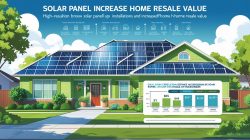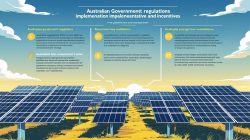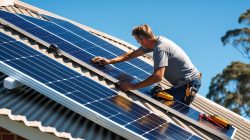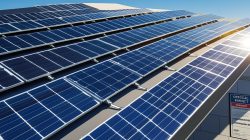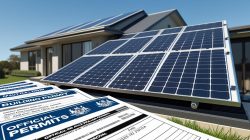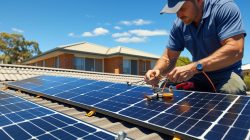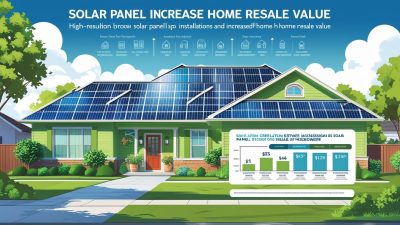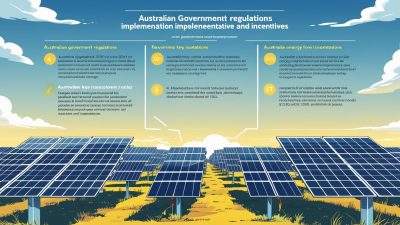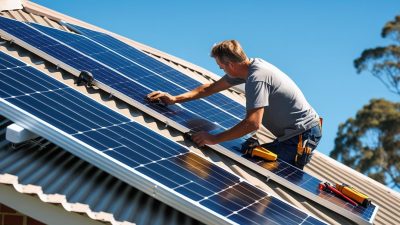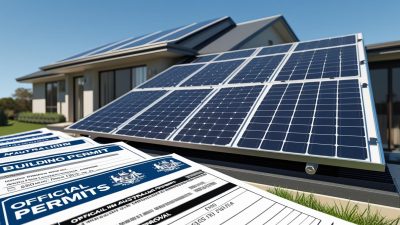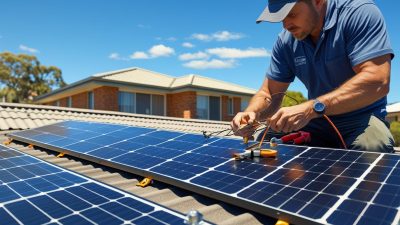Solar Farm Development Process in Australia 2025
Bloggerbanyumas.com – Solar Farm Development Process in Australia 2025 As Australia continues to solidify its position as a leader in renewable energy, solar power is taking center stage in the nation’s energy mix. The development of solar farms has accelerated across the country, with ambitious goals set for 2025. With an increasing demand for clean energy, the solar farm development process has become a complex yet highly structured procedure, guided by a combination of legal, environmental, and technical considerations. This guide will delve into every aspect of the solar farm development process in Australia, outlining the stages, challenges, and trends shaping this critical industry.
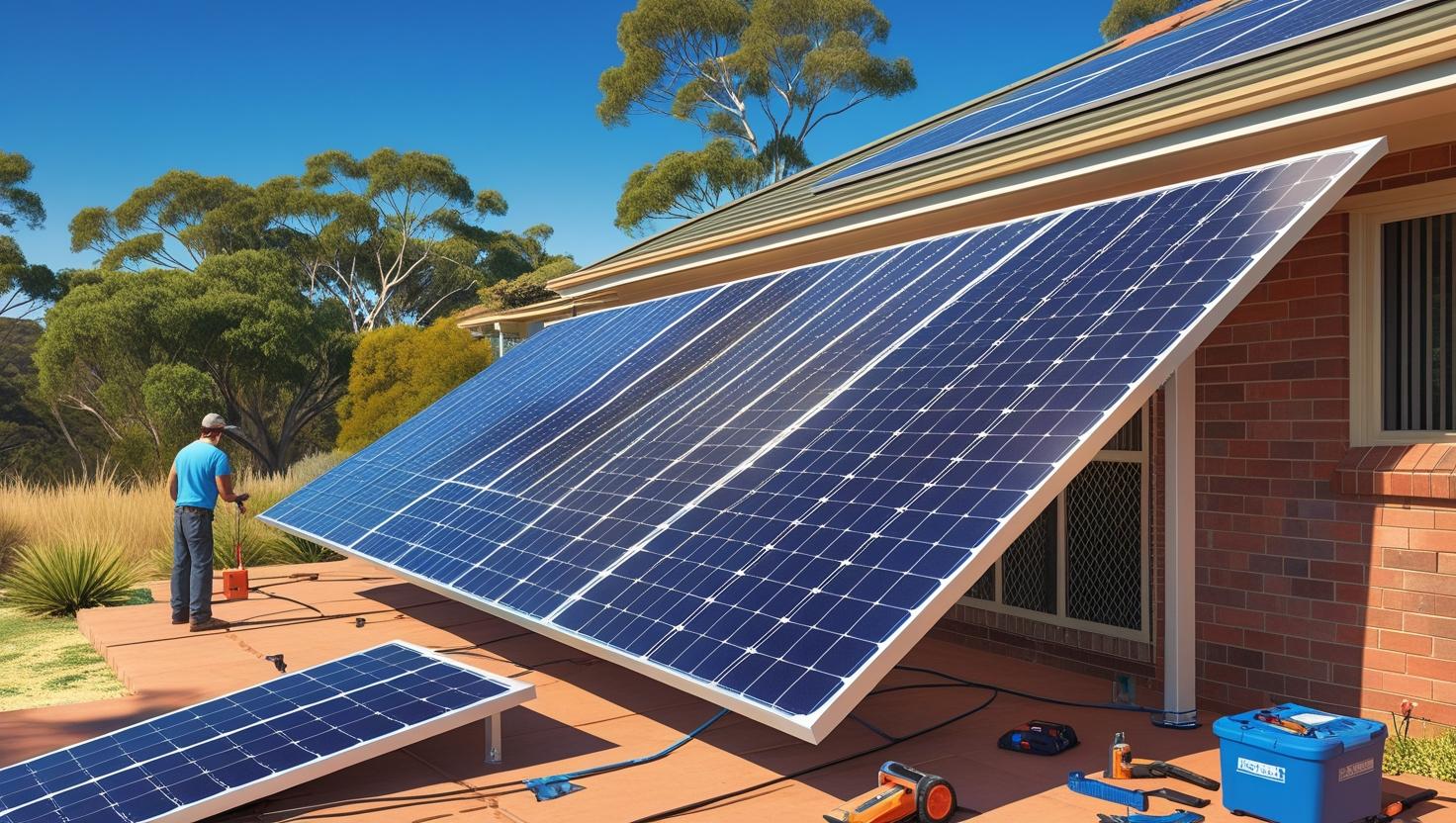
The Evolution of Solar Farm Development in Australia
Australia has seen exponential growth in solar energy capacity in recent years, and by 2025, the country aims to expand its solar farm infrastructure to meet its renewable energy targets. Solar farms are integral to Australia’s clean energy transition, capable of generating large-scale electricity while reducing the nation’s carbon footprint. Solar farm development in Australia is a highly regulated process that involves multiple phases, from initial planning to construction and operational integration into the national grid. With vast regions of land suitable for solar installation, Australia presents an ideal environment for solar farm expansion.
However, this rapid development comes with its own set of challenges. Factors such as land use, grid infrastructure, and environmental concerns must all be addressed to ensure that solar farms can deliver their maximum potential in an environmentally sustainable and economically feasible way. By understanding the detailed process of solar farm development, developers, policymakers, and investors can contribute to shaping a successful renewable energy future for Australia.
Solar Farm Development Process in Australia 2025: Detailed Breakdown
1. Site Identification and Land Acquisition
The first stage of the solar farm development process involves selecting the right location for the installation. In Australia, the site selection is crucial to the project’s success and can influence all other stages. The land must meet specific criteria to ensure that the solar farm will be effective, economically viable, and environmentally sustainable.
Choosing the Right Location for Solar Farms
A suitable location for a solar farm requires several key factors:
- Solar Irradiance: The location must have high solar exposure, which is essential for the solar panels to generate sufficient energy. Australia, with its sunny climate, is naturally an ideal location for solar energy generation. Areas such as New South Wales, Queensland, and South Australia are among the top choices due to their high levels of sunlight.
- Land Size and Topography: Large tracts of flat land are most desirable for solar farms. Depending on the project’s scale, solar farms can range from 10 to several hundred hectares, and it’s crucial that the land is clear of obstructions and has minimal slopes. The type of terrain impacts the cost and complexity of the installation process.
- Proximity to Transmission Infrastructure: The solar farm must be located near transmission lines for efficient power distribution to the grid. Ideally, solar farm sites should be within close proximity to substations and the high-voltage network, reducing costs related to infrastructure.
- Land Ownership and Zoning: Land availability is a critical aspect. Developers must acquire land through purchase or long-term leasing. The land should be zoned appropriately for energy production, and planning permissions must be secured. Some areas may be more favorable for solar farm projects than others due to local zoning laws and restrictions.
Securing Land and Legal Considerations
Once a location is identified, securing the land rights is the next step. This involves negotiating with landowners, who may be farmers or government authorities. Landowners are often compensated through lease agreements, where developers pay an annual fee or a one-time lump sum for land use. However, these agreements can be complex and involve community consultation, particularly if the land in question holds cultural significance.
Legal processes also come into play at this stage, as developers must obtain permits and clearances from local and state authorities to proceed with the development. Any potential environmental concerns or heritage restrictions on the land must be identified and resolved before moving forward.
2. Environmental Impact Assessments (EIA)
In Australia, solar farm projects must undergo rigorous environmental assessments before development begins. The Environmental Impact Assessment (EIA) ensures that the project complies with environmental regulations and minimizes any negative impact on the local ecosystem.
Conducting Environmental Studies
The EIA includes a thorough analysis of the proposed solar farm’s effects on the local environment. These studies may address various concerns, including:
- Wildlife Protection: Developers must assess whether the project site is home to endangered species or critical habitats. If so, mitigation measures must be put in place to reduce harm to these species, such as creating wildlife corridors or limiting construction during breeding seasons.
- Water Management: Proper water management is essential for solar farms, especially in areas prone to flooding or with limited water resources. Developers must ensure that their site designs incorporate effective drainage systems to avoid soil erosion and water contamination.
- Soil and Land Quality: An assessment of the soil’s ability to support solar panel infrastructure is necessary. Poor-quality or unstable soil may require additional ground preparation, which can increase costs.
Engaging with Indigenous and Local Communities
Community consultation is another vital part of the EIA process. Developers must engage with local communities, including Indigenous groups, to ensure that their concerns are addressed. In many cases, Indigenous landowners have rights over land that may be suitable for solar farm development, and any project must respect their cultural and land rights.
3. Feasibility Study and Project Design
After environmental studies and community consultations are completed, developers conduct a detailed feasibility study. This stage helps determine the technical and financial viability of the project.
Technical Feasibility
This involves selecting the appropriate technology for the solar farm, including the type of solar panels, inverters, and other electrical components. Factors such as the efficiency of the panels, their performance in different weather conditions, and the expected energy output are analyzed. Designers may also choose to incorporate energy storage solutions such as batteries to store excess power for use at night or during cloudy days.
Financial Feasibility
Financial feasibility includes estimating the total project costs, including land acquisition, construction, equipment, grid connection, and ongoing operational expenses. Developers must also evaluate potential revenue from energy sales to ensure that the project is financially viable. This stage often involves securing funding from investors, banks, or government grants aimed at supporting renewable energy initiatives.
4. Planning and Regulatory Approvals
Once the feasibility study is completed, developers must submit a detailed planning application to obtain regulatory approvals. This includes obtaining building permits, energy generation licenses, and grid connection approvals.
Navigating the Approval Process
The approval process involves multiple layers of government regulations at the local, state, and federal levels. Solar farm developers must comply with various laws related to land use, environmental protection, and energy generation. Some projects may require public consultations or hearings to assess their impact on local communities.
Additionally, developers need to engage with energy regulators, such as the Australian Energy Market Operator (AEMO), to ensure that the solar farm can be integrated into the national electricity grid.
5. Solar Farm Construction and Grid Connection
With all approvals in place, the next phase of development is construction. This phase can take several months, depending on the size and complexity of the solar farm.
Construction Process
- Site Preparation: The first step in construction involves clearing the land, grading the terrain, and preparing the ground for the installation of solar panels. Access roads may need to be built, especially for large-scale projects, to allow for the transportation of heavy equipment.
- Solar Panel Installation: After site preparation, the installation of solar panels begins. This process involves mounting the panels on racks or trackers that allow them to follow the sun’s movement, maximizing energy capture.
- Electrical Infrastructure: In parallel with panel installation, electrical components such as inverters, transformers, and substations are installed to convert and distribute the electricity produced by the solar panels.
Grid Connection
Once the solar farm is fully constructed, the next step is connecting it to the national grid. This involves coordinating with grid operators to ensure that the power generated by the solar farm can be integrated into the energy grid without issues. The grid connection process includes testing and commissioning of the electrical infrastructure, which may take several weeks.
6. Operations, Maintenance, and Monitoring
After construction and grid connection, the solar farm enters the operational phase. Regular monitoring and maintenance are essential to ensure that the solar farm operates efficiently and continues to generate electricity at the expected levels.
Ongoing Monitoring and Maintenance
Regular inspections, cleaning of solar panels, and repairs of any faulty components are part of ongoing operations. Some solar farms are equipped with remote monitoring systems to detect issues early, minimizing downtime and maintenance costs.
Long-Term Sustainability
Many solar farm developers implement long-term sustainability measures, including decommissioning plans for when the solar panels reach the end of their useful life. In some cases, solar panels can be recycled, contributing to a circular economy.
Conclusion
The solar farm development process in Australia is a complex, multifaceted journey that requires careful planning, technical expertise, and collaboration with various stakeholders. By 2025, solar farms will continue to be a critical part of Australia’s energy mix, helping the nation meet its renewable energy goals. The process involves multiple stages, from site identification to construction and operation, and each phase presents unique challenges and opportunities. By understanding and navigating these stages effectively, developers can contribute to Australia’s sustainable energy future while ensuring that their projects are economically viable and environmentally responsible.

